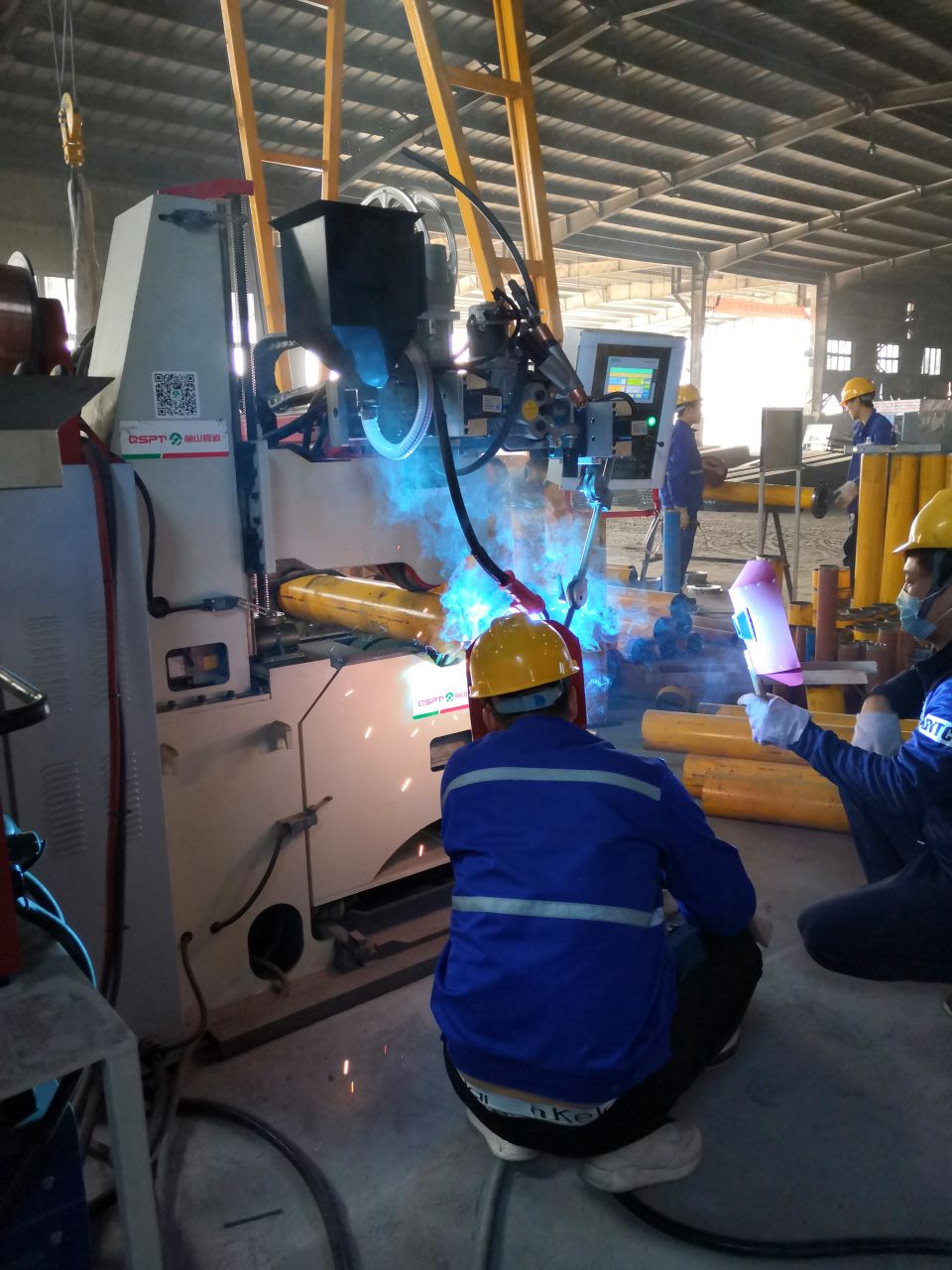Mar. 25, 2022
With the development of steel, petrochemical, ship and electric power industries, welding structures tend to develop in the direction of large size, large capacity and high parameters, and some still work in low temperature, deep cold, corrosive media and other environments.
Therefore, a variety of low alloy high strength steel, medium, high alloy steel, super steel, as well as a variety of alloy materials are increasingly widely used.
However, with the application of these kinds of steel and alloy, many new problems are brought to welding production, among which welding cracks are more common and ten serious.
Cracks sometimes appear in the welding process, also sometimes appear in the process of placement or operation, and the so-called delayed cracks. The damage is all the more serious because the cracks cannot be detected during manufacturing. There are many kinds of cracks in the welding process. According to the nature of the cracks, it can be divided into the following five categories:
Hot crack
Hot crack is produced at high temperature during welding, so it is called hot crack. The morphology, temperature zone and main causes of thermal cracks are also different according to the different materials of the welded metal, so the thermal cracks are divided into three types: crystallization cracks, liquefaction cracks and polylateral cracks.

1. Crystal crack
At the later stage of crystallization, the liquid film formed by low volume eutectic weakens the bond between grains and cracks occur under tensile stress.
It is mainly produced in the welds of carbon steel and low alloy steel with more impurities (containing sulfur, phosphorus, iron, carbon and silicon on the high side) and single-phase austenitic steel, nickel base alloy and some aluminum alloys. In rare cases, crystal cracks can also occur in the heat affected zone.
2. High temperature liquefaction crack
Under the action of peak temperature of welding thermal cycle, remelting occurs between the heat affected zone and the layers of multilayer welding, resulting in cracks under the action of stress.
It mainly occurs in high strength steel containing chromium and nickel, austenitic steel, and some nickel-based alloys near the seam area or between multi-layer welding. When the sulfur, phosphorus and silicon in base metal and welding wire are too high, the tendency of liquefaction crack will be significantly increased.
Previous features of welding thermal process